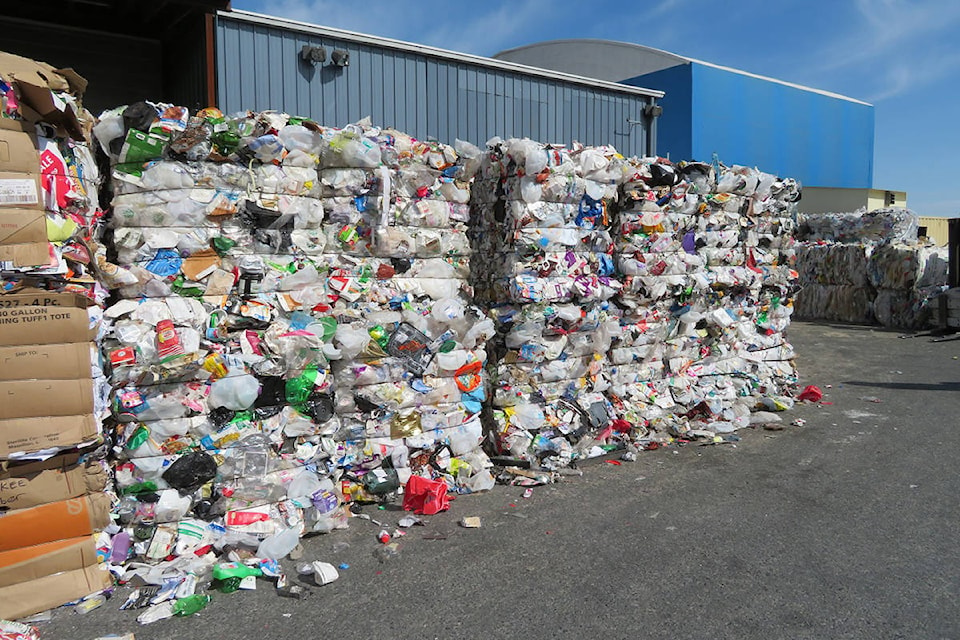Have you wondered what happens to those materials you diligently place curbside on recycling days or drop at the 3rd Avenue Recycling Depot?
While a recent national media report suggested some of Canada’s recycling doesn’t end up where the public thinks it does, in fact becoming garbage elsewhere, here in BC, careful tracking and innovation has lead to a system that’s a model for other jurisdictions, Recycle BC notes.
BC’s non-profit system is a success in part because we’ve found end markets for materials others have not. And, through diligent tracking, Recycle BC ensures materials you’re recycling are handled as they should be.
“The most significant advantages of a full producer responsibility program for the collection of residential packaging and paper are the rigorous processes it demands, the ability to report rich, verified results, the commitment to transparency and, most of all, the steadfast focus on environmental outcomes,” Recycle BC notes.
Here’s how Recycle BC tracks your recyclables:
- More than 1,800 material audits are conducted each year to determine the composition and quality of the material collected curbside and at centres like Albeni’s 3rd Avenue Depot to ensure they can access end markets to recycle our materials.
- End market destinations for collected materials are tracked through a chain of custody process that demands full traceability and auditability, using documentation to verify where materials are shipped from and where they’re sent.
- Recycle BC must approve the end markets for all materials. In the case of plastic, 99 per cent remains in Canada. This end market is Merlin Plastics, found in the report to have recycled the plastic it received.
- Less than one per cent of Recycle BC plastic is shipped overseas in the form of densified polystyrene, which is used in picture frames, a use verified with a Recycle BC site visit.
- Additional plastic collected has been reintroduced as products such as new plastic bags and cosmetics containers right here in B.C.
- Recycle BC has refused to send materials to end markets that don’t meet its rigid demands, and has visited seven countries and 15 end markets between 2017 and 2019, in addition to the local Canadian end markets, to ensure we’re responsibly managing the materials collected on behalf of producers and the residents.
This innovation and diligence means that today Alberni residents can recycle more items than ever through their blue boxes and local depots, and feel confident doing so, Recycle BC says.
In 2018, 87.3 per cent of materials collected in BC were managed by recycling. A portion could not be recycled, but could be moved up the pollution prevention hierarchy by turning it into an engineered fuel to replace coal in industrial processes. This represents only three per cent of materials, primarily plastic that could not be recycled. Eight per cent of the material collected was sent to the landfill because of contamination. The remaining material, accounting for less than two per cent, represents unshipped inventory at year’s end.
“These are the real facts of BC’s world-leading full producer responsibility program for residential recycling of packaging and paper. We are helping to create a circular economy right here in Canada.”
